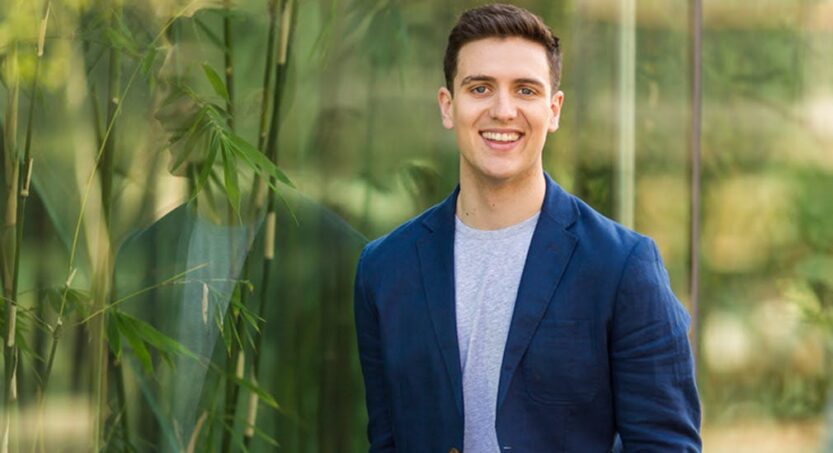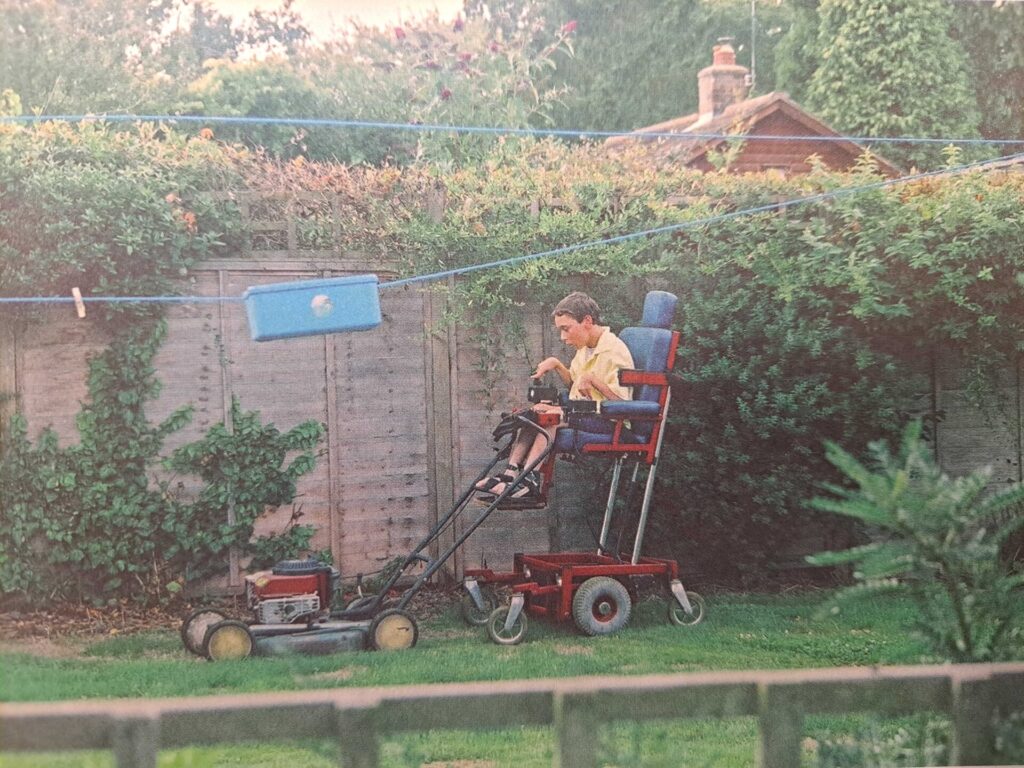Now’s the time to fund innovation in the disability sector

By Jordan O’Reilly | Co-CEO of disability support platform, Hireup
If it wasn’t for philanthropy, I wouldn’t be the joint chief executive of one of Australia’s largest disability support platforms. My business is creating change in a sector that’s long been neglected. The rollout of the National Disability Insurance Scheme (NDIS) primed the sector for innovation. But for Hireup, and others, philanthropy was the essential catalyst. It will be for more.
The idea for Hireup – an online network for people with disability to find, hire and manage their own support workers – was in its infancy when my sister and Co-CEO, Laura, applied for an Innovation Fellowship with The Myer Foundation.
Credit where it’s due. Laura was a dab hand at grant applications. She’d had practice having already launched Fighting Chance. It’s a not-for-profit creating meaningful work opportunities for people like our younger brother, Shane, who had a significant physical disability.
Laura got us into the final round of the fellowship and got me in front of a panel of philanthropists, who were handing out $130,000 grants to entrepreneurs so they could develop groundbreaking solutions to our most pressing social and environmental challenges.
This funding came with none of the usual granting rigmarole. It was a simple, no-strings investment and it seeded a company that today has more than 85,000 registered clients and employs disability support workers across Australia.
Hireup is an example of philanthropy done well – philanthropy that benefits people with disability and their families. Here are some ways that philanthropy can continue to bolster the disability community into the future.
Invest in an innovation ecosystem
Australia’s government-funded NDIS is forecast to reach $33.3billion by 2024-25. These dollars form individualised funding packages for people with disability, to be spent on the supports and services they choose.
What’s missing from the sector, though, is funding to innovate those supports and services.
My sister, Laura, highlighted this problem in her recent speech at an Australian Disability Service Conference. She said: “The truth is that day programs are largely still day programs, ADE [Australian Disability Enterprises] is still ADE, DES [Disability Employment Services] is still DES… As program design has little changed, so too have outcomes, such as the stagnant rates of employment among people with disability.”
There is an enormous opportunity for philanthropic bodies to fund innovation – and collectively, create an innovation ecosystem – within the disability sector. This needs to happen in close consultation and co-design with the disability community.
NDIS money is best spent on innovative services, but it’s likely the innovation services themselves will be created, or catalysed, through philanthropy.
Consult with – and hire – people with disability
In facing numerous barriers to everyday living, people with disabilities and their families have had little choice but to find workarounds. As such, this cohort is naturally innovative. Laura and I often share the story of how, when we were kids, our brother Shane wanted to mow our backyard lawn – a seemingly impossible feat for a young wheelchair user. And yet, Shane and our dad invented and built a contraption we called ‘the Cherry Picker’ – a wheelchair that extended upwards like a crane and could be connected to a lawnmower.
Image: Shane as a child using ‘the Cherry Picker

More often than not, people with disabilities and their families know exactly what they need to overcome the barriers they face. Philanthropy can help these ideas become reality – but first, philanthropists need to hear them.
Consult with – and hire – people with disability
In facing numerous barriers to everyday living, people with disabilities and their families have had little choice but to find workarounds. As such, this cohort is naturally innovative.
Laura and I often share the story of how, when we were kids, our brother Shane wanted to mow our backyard lawn – a seemingly impossible feat for a young wheelchair user. And yet, Shane and our dad invented and built a contraption we called ‘the Cherry Picker’ – a wheelchair that extended upwards like a crane and could be connected to a lawnmower.
More often than not, people with disabilities and their families know exactly what they need to overcome the barriers they face. Philanthropy can help these ideas become reality – but first, philanthropists need to hear them.
Funders can focus on disability by developing disability advisory groups, employing more people with disability within their organisations, and funding more disabled entrepreneurs. On that note, philanthropists should also ensure their grant application process is accessible to all. That means audio versions for those who can’t see; ‘Easy English’ versions for those who need them.